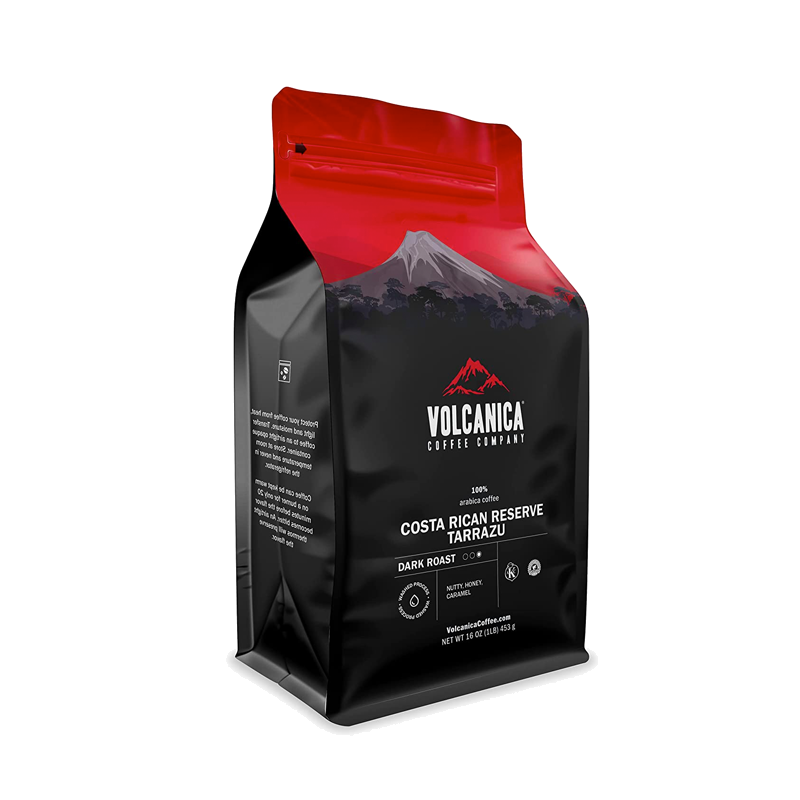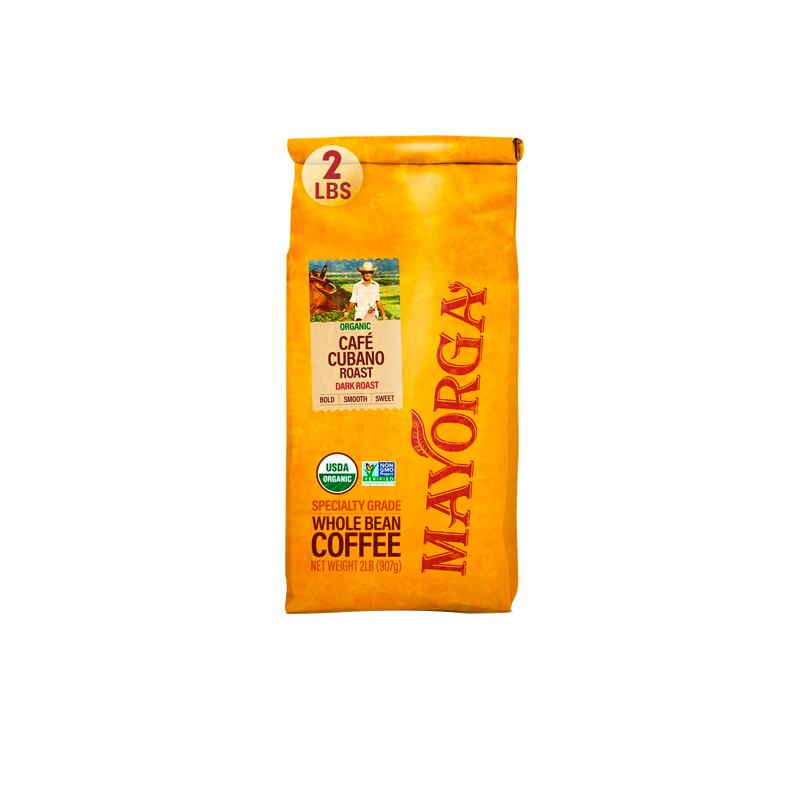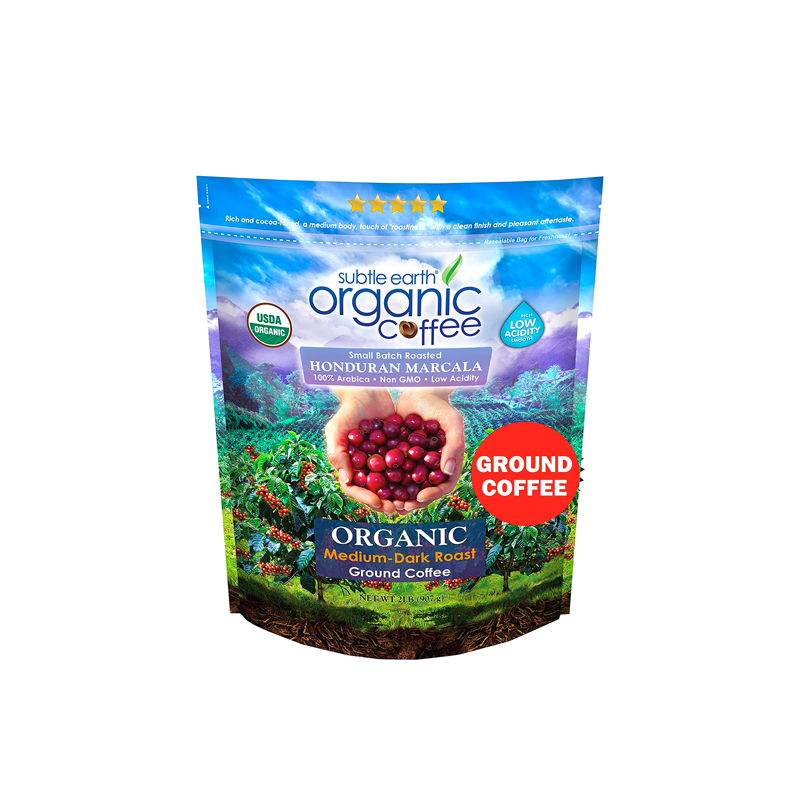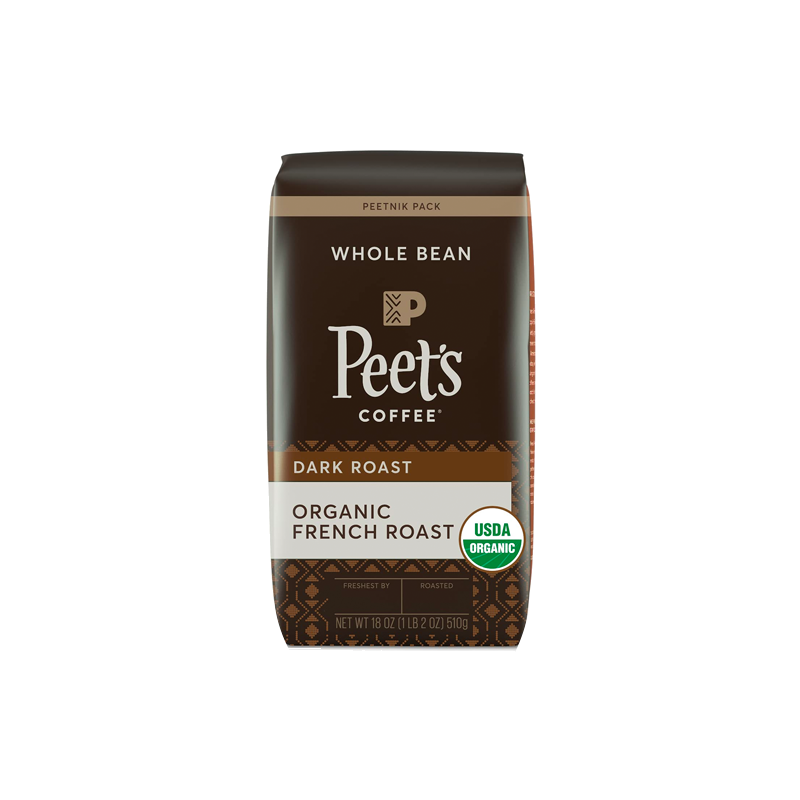
This post may contain affiliate links. As an Amazon Associate and a partner of other brands, I get a small commission if you purchase through my links, at no extra cost from you.
When you think of arabica, you probably think of a fresh cup of coffee from the local coffee shop.
But there’s a whole lot more to arabica coffee that meets the palate beyond just its flavor.
For instance, it has a lower caffeine content than robusta coffee and contains more oils and antioxidants than any other type of coffee bean.
But what exactly is Arabica Coffee and where does it come from? Let’s find out.
What Is Arabica Coffee?
What you might not know is that this type of coffee actually comes from a plant known as Coffea Arabica, which is a species of flowering plant in the Rubiaceae family.
Coffea Arabica plants or trees will usually grow between 12 and 15 feet tall and have dark-green leaves that appear in pairs with an opposite arrangement.
Also, the plant produces small white flowers that are 5-petaled once in a while.
Arabica coffee trees take 3 to 4 years to grow before they become able to produce seeds which are the main source of Arabica coffee beans.
This coffee plant is native to Africa, but can now be found in Central America, South America and Asia.
As mentioned earlier, Arabica coffee beans are actually the seeds that are harvested from this type of tree.
Arabica coffee is one of the three main species of coffee found around the world, the other two being Robusta and Liberica.
The arabica beans are considered by most to be the best tasting coffee, which can be attributed to its low levels of caffeine.
The arabica beans are also by far the most popular for use in domestic coffee makers.
Over 90% of all coffees consumed worldwide come from this bean species.
The Different Types of Arabica Coffee Beans
There are actually several different types of Arabica coffee beans, including Colombian, Ethiopian, Indonesian, Costa Rican and even Jamaican.
These beans are usually named after the country where they’re grown.
However, there are many other types of Arabica coffee that aren’t named after the country they’re grown in.
There are different varieties of Arabica coffee beans but the most common are Typica and Bourbon.
1. Typica Coffee Beans
These beans are generally red in color with a medium acidity level.
They tend to be more costly than other types of Arabica coffees due to its low yield.
2. Bourbon Coffee Beans
Research shows that the Bourbon was introduced to Ile Bourbon, now known as Reunion Island, by the French.
Bourbon coffee’s flavor profile is significantly different than the other types of Arabica coffee beans because it has a strong roasted taste similar to that of dark chocolate.
High altitude (between 1,000 m.a.s.l. and 2,000 m.a.s.l.) and volcanic soil can both contribute to high-quality bourbon plants.
Health Benefits Of Arabica Coffee
Not only does Arabica coffee taste great, but there are also several health benefits to drinking this type of coffee.
1. Can Lower Chances of Stroke
A study has revealed that drinking four cups of coffee a day can reduce your chances of suffering from a stroke by as much as 30%.
The study found that regular consumption of coffee could lead to an improvement in endothelial function, which is the lining inside the blood vessels which supply nutrients and oxygen to cells.
This means these blood vessels are more elastic and able to relax, which reduces stress on them so they’re less likely to burst or allow clots to form.
Related: How Many Shots Of Espresso Can Kill You? Let’s Find Out The Truth
2. Reduces Risk Of Type 2 Diabetes
It is been shown that Arabica coffee may reduce the risk of developing type 2 diabetes.
This is because a chemical known as chlorogenic acid is found in higher levels in arabica coffee beans than any other type of coffee bean.
This chemical is known to reduce glucose absorption in the intestine, which forces the body to use more of its own insulin.
3. Improves Memory and Learning Ability
The caffeic acid found in arabica coffee has also been shown to improve learning and memory in mice.
This is due to a reduction in the production of amyloid-beta proteins that have been linked to Alzheimer’s disease.
Coffee has been consumed for thousands of years and has been key to the development of several cultures and civilizations around the world.
Early humans even used coffee as a medicine for over 4,000 years.
Its serving as a medicine goes back all the way to ancient Sumeria and today’s coffee can be beneficial because it contains certain antioxidants that will keep you healthy.
Related: Coffee Culture | What Is It?
Arabica Coffee Growing Regions
The coffee plant (Arabica Coffee plant) is not only grown in South America, but also in Central America, Africa, India and other countries around the world.
Arabica coffee beans are harvested from plants that are at least 4 to 6 years old.
These plants are then transported back to the place of origin to be dried and sorted before they’re either roasted or ground.
When it comes down to picking coffee seeds from the plants, the beans are only picked when they have reached approximately 1/10th of their ideal size.
The ripe fruit of the Arabica plant is initially dark green then turns a reddish-purple color as it matures.
Arabica coffee plants are often found in the highlands of countries that produce this type of bean.
That being said, most Arabica seeds are harvested from regions that have a tropical climate and rainfall levels that average around 2 meters per year.
These areas usually have well-drained, fertile soils and steep slopes to ensure that the coffee beans receive plenty of sunlight.
Flavors Of Arabica Coffee
Arabica coffee beans are known for being extremely flavorful and aromatic, which is why it has become so popular.
Most people prefer the more complex taste of Arabica coffee over other types of coffee beans.
This is because of its natural full-bodied flavor.
Arabica coffee beans are also able to stay fresh for a long period of time after they’re roasted.
It’s generally recommended that the beans only be stored in an airtight container at room temperature away from sunlight, heat, and moisture.
This will help to preserve the coffee’s freshness for as long as possible.
Arabica vs. Robusta – 5 Main Differences
One thing to be noted about Arabica coffee beans is that they usually provide better flavors than Robusta coffee beans.
1. Flavor
Arabica coffee is more flavorful than robusta coffee.
This is due to the fact that Arabica beans contain more antioxidants and sugar than robusta beans.
2. Price
Arabica coffee is more expensive than robusta coffee because it is more to difficult to cultivate.
The fact that the beans are more sensitive to climate conditions makes it a more time-consuming and harder process when compared to robusta cultivation and harvest.
3. Caffeine Content
Robusta beans have a higher caffeine percentage than arabica coffee does. In fact, Arabica beans contain 34.1 – 38.5 grams of caffeine per kilogram of dry coffee whereas robusta contains 68.6 – 81.6 grams of caffeine per kilogram of dry coffee.
Robusta beans have a higher acidity level and the bitterness level is much stronger when it comes to this type of bean compared to Arabica coffee beans.
4. Antioxidant Level & Taste Profile
Arabica also has a higher antioxidant content compared to other types of coffees such as robusta.
Arabica coffee beans have a caramel-like taste, creating a nutty-sweet flavor that is unique and distinct compared to Robusta coffee which has a burnt taste.
5. Growing Process
When it comes to growing arabica vs robusta coffee beans, there are several reasons why growers choose either of these two types of coffee plants.
Picking Arabica coffee beans is a much more difficult process, and the coffee bean tends to grow much more slowly than robusta.
Arabica coffee plant tends to be less resistant to pests and diseases compared to Robusta beans, which means that it’s more vulnerable.
This brings us back to the price difference between the two types of coffee.
Arabica beans are more expensive because they must be carefully grown in rich, well-drained soils while being protected from pests by pesticides.
Tips to Make a Great Cup of Arabica Coffee
It’s important that you use your senses when it comes to drinking coffee.
Try using your nose, tongue, and even taste buds to really get a strong sense of how the coffee is tasting.
There are different brewing temperatures that can be used to make a great-tasting cup of coffee.
When it comes to brewing coffee at higher temperatures, you will get more intense flavors with a stronger-flavored cup.
To brew an arabica bean correctly, you should use water at 195ºF – 200F for 4 minutes.
You don’t want to use boiled or overly hot water when brewing your arabica beans because this could potentially damage the flavoring that’s naturally occurring in the bean itself.
Best 100% Arabica Coffee Brands
You’ll find that people tend to believe that there is a lot of difference between brands when it comes to coffee beans.
You might notice that when coffee is labeled as 100% Arabica, it usually means that the coffee is of high quality.
It’s true that there are many different blends available on the market today, but you cannot always rely on a brand to make a great-tasting cup of coffee.
You have to know how to break down flavors and aromas in order to figure out if a particular brand of Arabica beans will produce coffee with good flavor and aroma.
So, here are some of the best 100% arabica brands on the market today:
Final Thoughts About Arabica Coffee
When it comes to choosing which type of coffee you prefer, one of the main reasons why people consider arabica beans or robusta beans is due to the different consumption habits.
For example, some people drink their coffee while others prefer drinking it with milk and sugar.
When it comes to roasting arabica beans, high-quality Arabica beans will give off a brighter and more aromatic flavor than certain roasts of robusta beans can.
So, make sure you are committed to drinking your coffee black before making a decision on whether you want to stick with 100% arabica beans or switch over to coffee blends of robusta coffee and Arabica.










![The 6 Best Japanese Coffee Brands To Buy [2023]](https://noisycoffee.com/wp-content/uploads/2023/02/Best-Japanese-Coffee-Brands-To-Buy-noisycoffee-768x560.png)